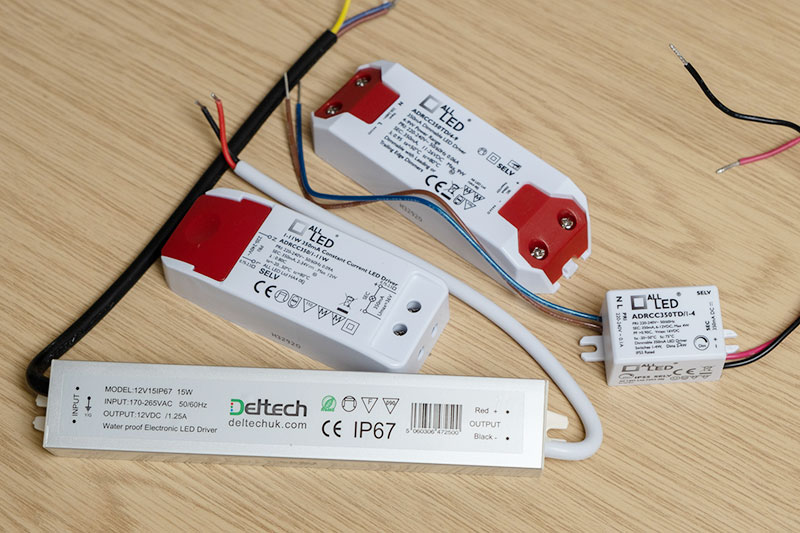Understanding LED Drivers

An LED driver is an essential part of all LED circuits. It is a self-contained power supply that regulates the amount of power to an LED or an array of LEDs. Without it, your LEDs will become damaged through overheating, leading to poor performance or circuit failure.
Here’s a quick look at how LED drivers differ from conventional power supplies, the types of drivers available, and how to choose one that’s right for you.
LED Drivers vs. Conventional Power Supplies
The difference between LED drivers and conventional power supplies is relatively straightforward. A regular power supply will provide a constant voltage through the circuit. However, as LEDs are on, they will gradually start to heat up. The hotter the bulbs get, the less forward voltage they emit. As a result, the LEDs draw more current and continue to get hotter and hotter until they burn out.
This is where LED drivers come in. This piece of equipment takes into account the forward voltage and adapts the current they deliver accordingly. By doing so, a low voltage is maintained across the LEDs, preventing them from overheating. This protects the bulbs against current and voltage fluctuations and keeps the circuit running smoothly.
Different Types of LED Drivers Explained
There are two main types of LED drivers – DC input drivers and AC input drivers. In most cases, especially smaller systems, DC drivers are recommended. These rely on low voltage DC power and tend to be more reliable. However, if powering general lighting throughout a large system, AC input drivers may be a better option as these systems will require a higher voltage to run. These drivers can be fitted internally within the casing of the LED, or externally.
How to Choose the Right LED Driver
Knowing what LED driver you need can be a challenge. The first thing to look at is the voltage required by the LEDs. The driver you buy needs to have a higher output voltage than this. This will ensure the voltage is high enough for the LEDs to light up but low enough to ensure they don’t overheat. You also need to consider the wattage required, which depends on the length of the system. To work out the wattage of an LED tape, you can times wattage by the length of the tape in metres. Having calculated this, look for a driver that is 10% higher to help extend its lifespan.
On top of these specifics, you need to consider what other features to look for. If the lights will be outside, a waterproof driver is necessary. Similarly, if you’re hoping to dim the lights then look for a dimmable driver.
Created by Gary Baker on 11th August, 2021
Author
 | Gary BakerBLT Direct |



